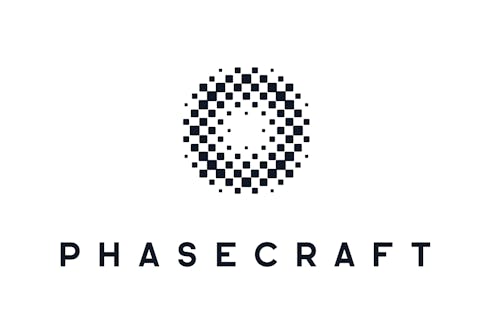Towards near-term quantum simulation of materials

Simulation of materials is one of the most promising applications of quantum computers. On near-term hardware the crucial constraint on these simulations is circuit depth. Many quantum simulation algorithms rely on a layer of unitary evolutions generated by each term in a Hamiltonian. This appears in time-dynamics as a single Trotter step, and in variational quantum eigensolvers under the Hamiltonian variational ansatz as a single ansatz layer. We present a new quantum algorithm design for materials modelling where the depth of a layer is independent of the system size. This design takes advantage of the locality of materials in the Wannier basis and employs a tailored fermionic encoding that preserves locality. We analyse the circuit costs of this approach and present a compiler that transforms density functional theory data into quantum circuit instructions -- connecting the physics of the material to the simulation circuit. The compiler automatically optimises circuits at multiple levels, from the base gate level to optimisations derived from the physics of the specific target material. We present numerical results for materials spanning a wide structural and technological range. Our results demonstrate a reduction of many orders of magnitude in circuit depth over standard prior methods that do not consider the structure of the Hamiltonian. For example our results improve resource requirements for Strontium Vanadate (SrVO3) from 864 to 180 qubits for a3×3×3lattice, and the circuit depth of a single Trotter or variational layer from7.5×108to depth884. Although this is still beyond current hardware, our results show that materials simulation may be feasible on quantum computers without necessarily requiring scalable, fault-tolerant quantum computers, provided quantum algorithm design incorporates understanding of the materials and applications.

